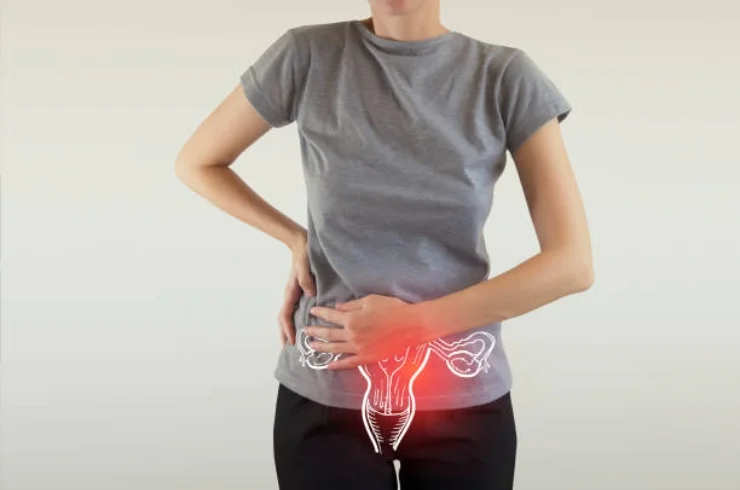Uterine Cancer

Uterine cancer, also known as endometrial cancer, begins in the lining of the uterus (the endometrium). It is the most common cancer of the female reproductive system and typically affects women after menopause, though it can occur at any age. The exact cause is often unknown, but several risk factors can increase the likelihood of developing uterine cancer. These include obesity, hormone replacement therapy, high blood pressure, diabetes, and a history of certain reproductive conditions, such as polycystic ovary syndrome (PCOS).
The most common symptom of uterine cancer is abnormal vaginal bleeding, particularly after menopause. Other symptoms may include pelvic pain, pain during intercourse, and unintentional weight loss.
Diagnosis is usually made through pelvic examination, ultrasound, and biopsy of the endometrium. A definitive diagnosis is confirmed by histopathological examination of tissue samples obtained from the biopsy.
Treatment for uterine cancer typically involves surgery to remove the uterus (hysterectomy), sometimes along with the ovaries and fallopian tubes. Depending on the stage of cancer, additional treatments such as radiation therapy, chemotherapy, or hormone therapy may be recommended. Early detection significantly improves the chances of successful treatment and survival, which is why prompt attention to unusual symptoms is crucial.
